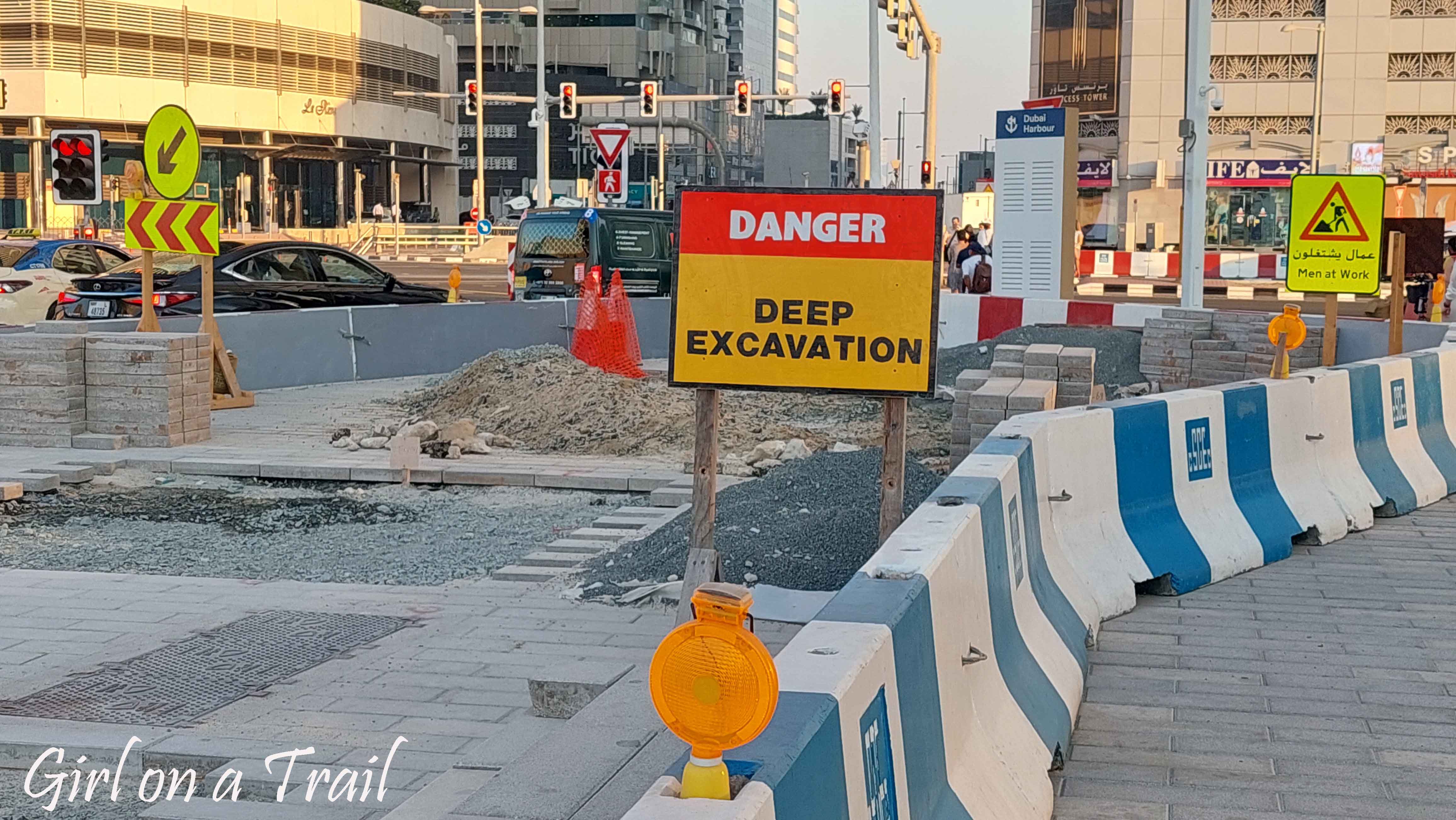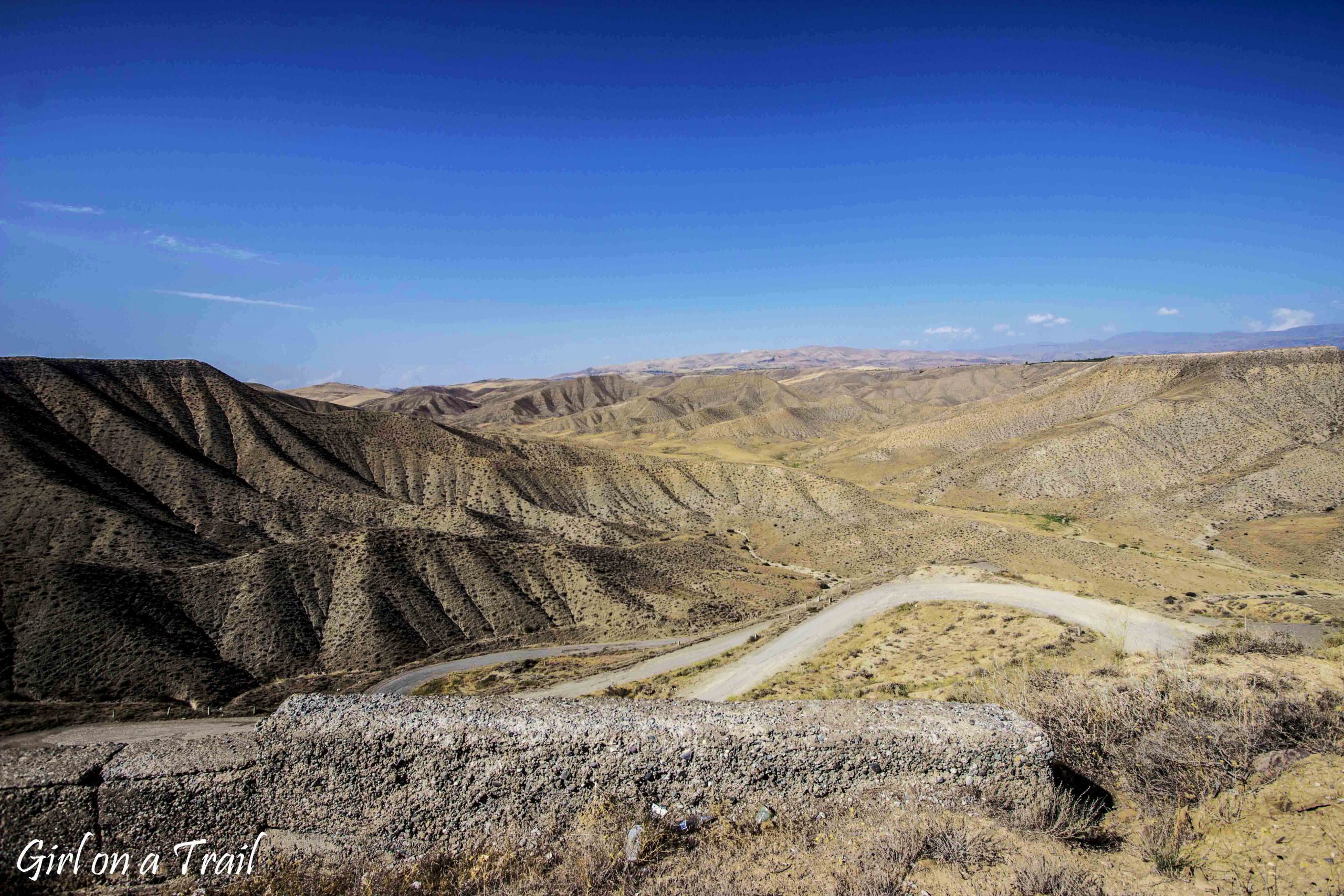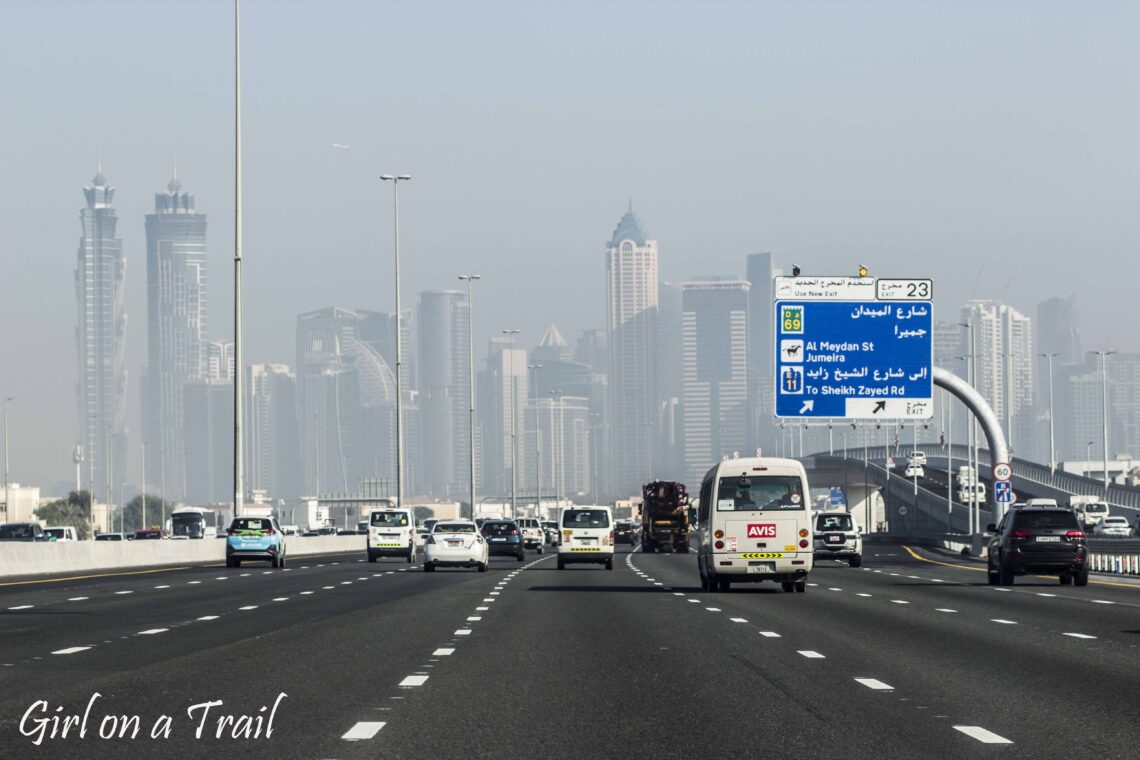
Road trip – United Arab Emirates and Oman
Road trip in the United Arab Emirates and Oman is an interesting experience. Imagine a multi-lane highway stretching to the horizon—perfectly marked, as flat as a tabletop, and practically devoid of other vehicles. It’s tempting to push the car to its limits. However, this illusion is shattered when you notice speed cameras placed every three kilometres. And don’t be fooled; these cameras are fully functional.
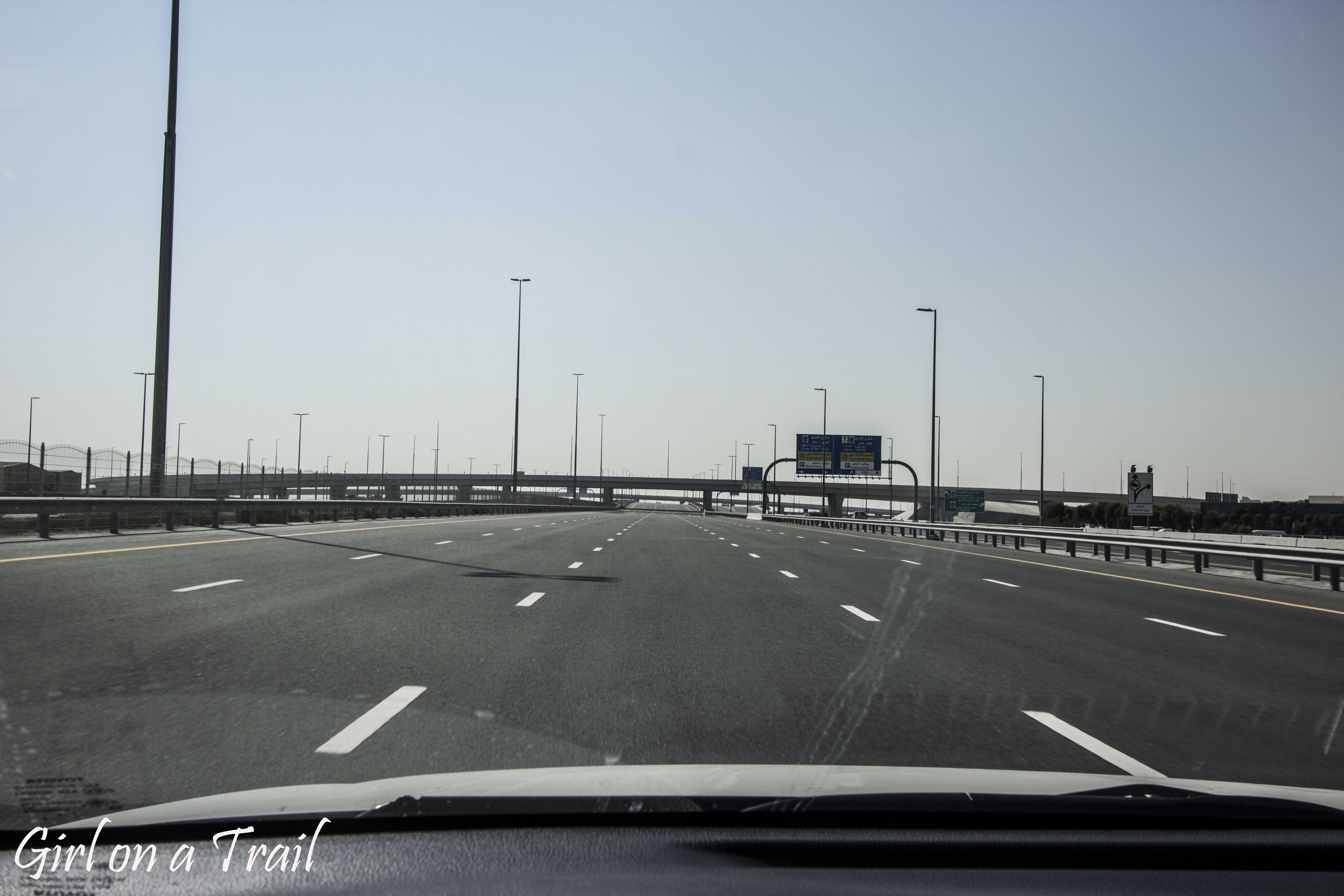
Both countries boast some of the most advanced radar systems in the world. Fortunately, during my 3,500 km journey, I managed to avoid testing the fines for speeding. Observing the law-abiding behaviour of other drivers, it’s clear the penalties must be severe.
Speed Limits
Unfortunately, the speed limits were another letdown. Highways typically have limits ranging from 100 to 120 km/h (60-70 mph). Surprisingly, city limits range from 60 to 80 km/h (40-50 mph), though the latter is more common. Residential streets are limited to 40 km/h (25 mph), though I didn’t experience these firsthand as I didn’t need to go to these zones.
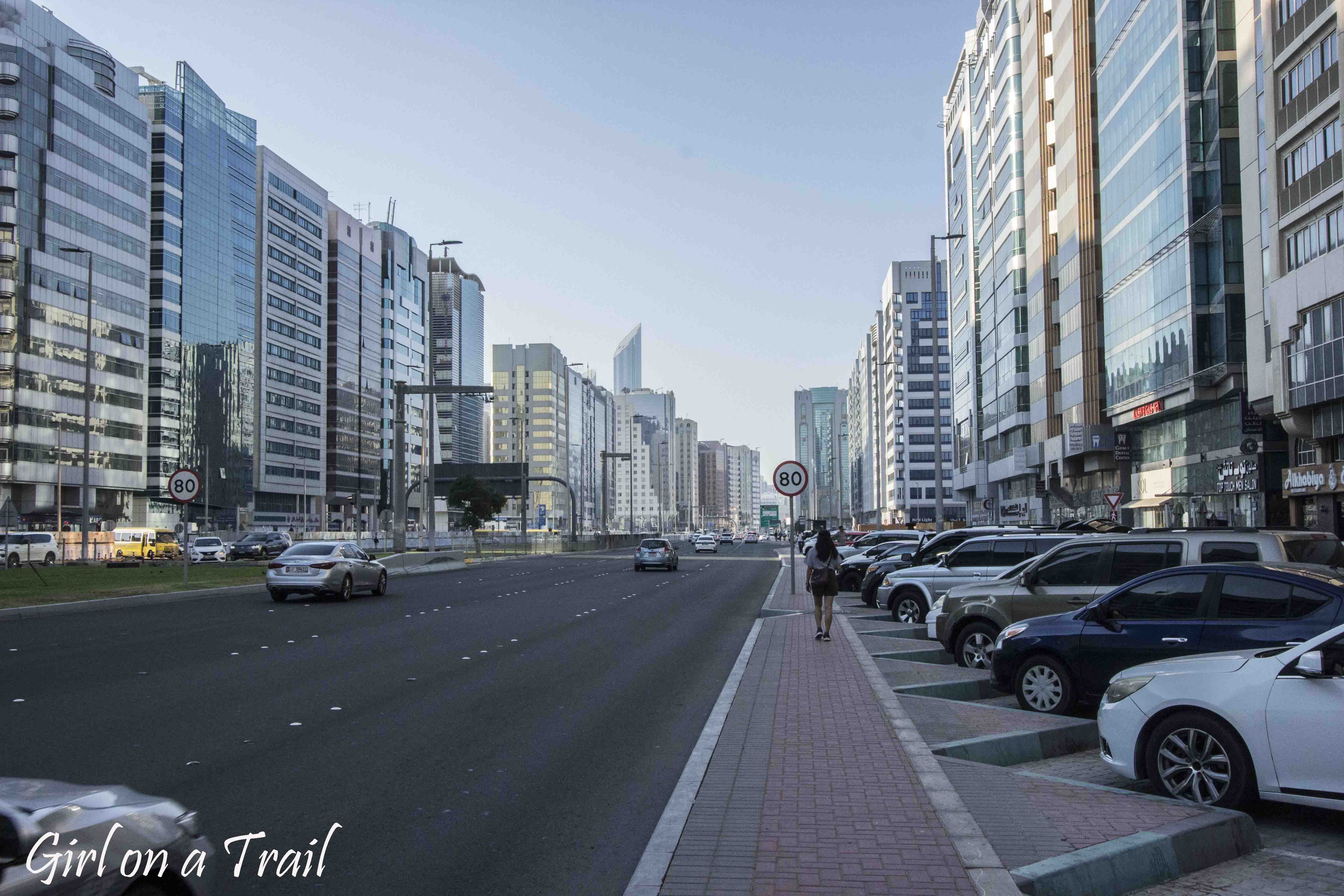
Speed cameras aren’t marked, but in the desert landscape, the black or grey boxes are easy to spot from a distance. Regardless, you can expect them every three kilometres. This kind of driving can be monotonous and tiring, requiring constant attention to speed limits and restraint on the gas pedal. The roads are largely uneventful, and the surroundings monotonous.
Abu Dhabi offered some respite, with highway limits of up to 140 km/h. On one occasion, I drove on a road with a 160 km/h limit—an international highway from Abu Dhabi toward Saudi Arabia. However, I’ve heard there’s no buffer for exceeding these limits in Abu Dhabi.
On secondary roads, speed cameras are much less common, or even absent. These roads are in excellent condition, allowing for higher speeds, which local drivers often exploit. 😀
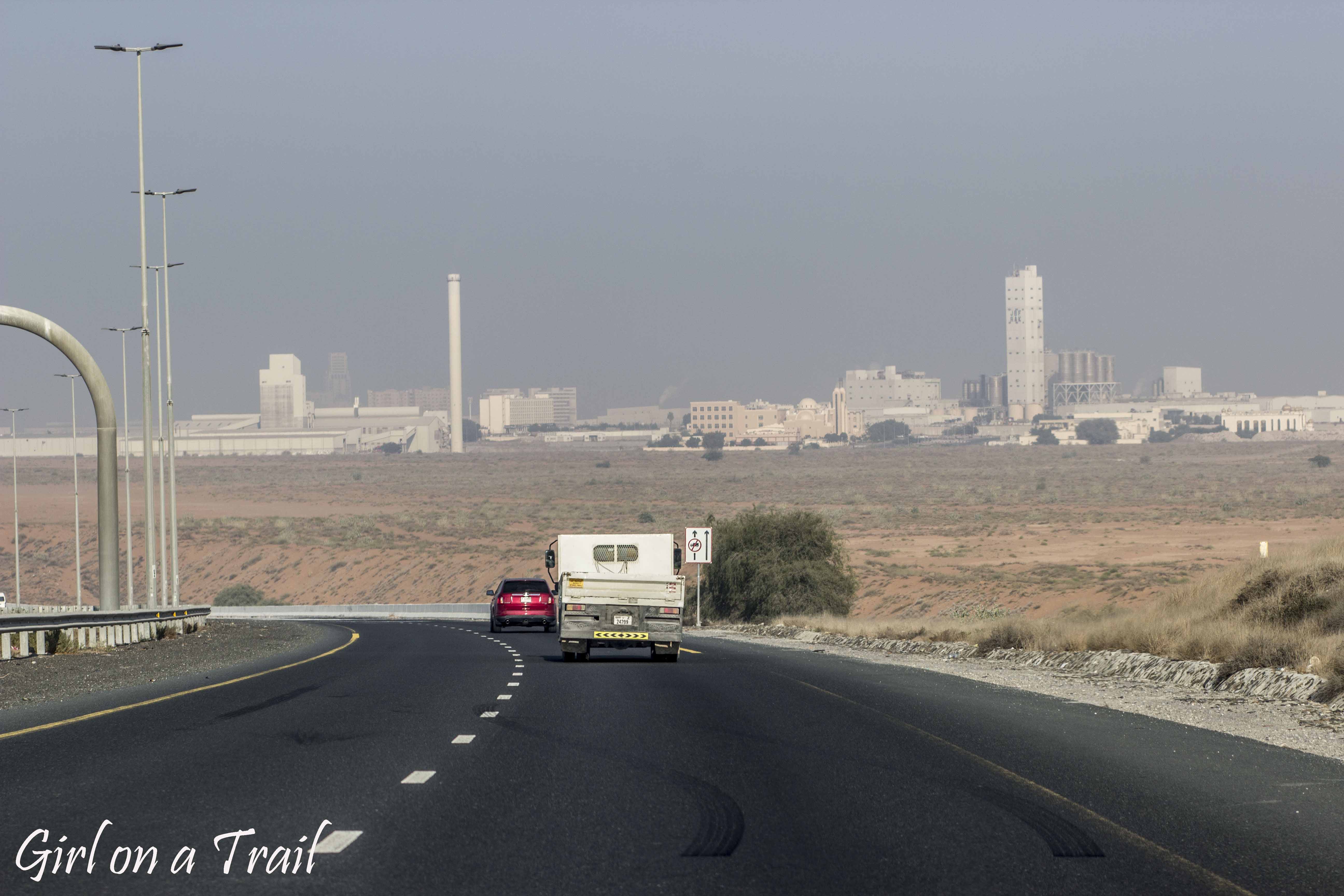
Safety Considerations
While the roads are generally very safe, there are a few things to watch out for:
-
U-Turn Lanes on Highways. Collision-prone U-turn lanes are equipped with widened shoulders to allow vehicles to merge dynamically without obstructing fast-moving traffic.
-
Speed Bumps. Poorly designed speed bumps, especially in Oman, are a nightmare. If driving a regular car, approach them at an angle for safety.
-
Desert Winds. In Abu Dhabi’s desert areas, lightweight vehicles can be unexpectedly pushed to another lane by strong gusts of wind. The absence of trees or other visual cues makes it hard to anticipate such conditions.
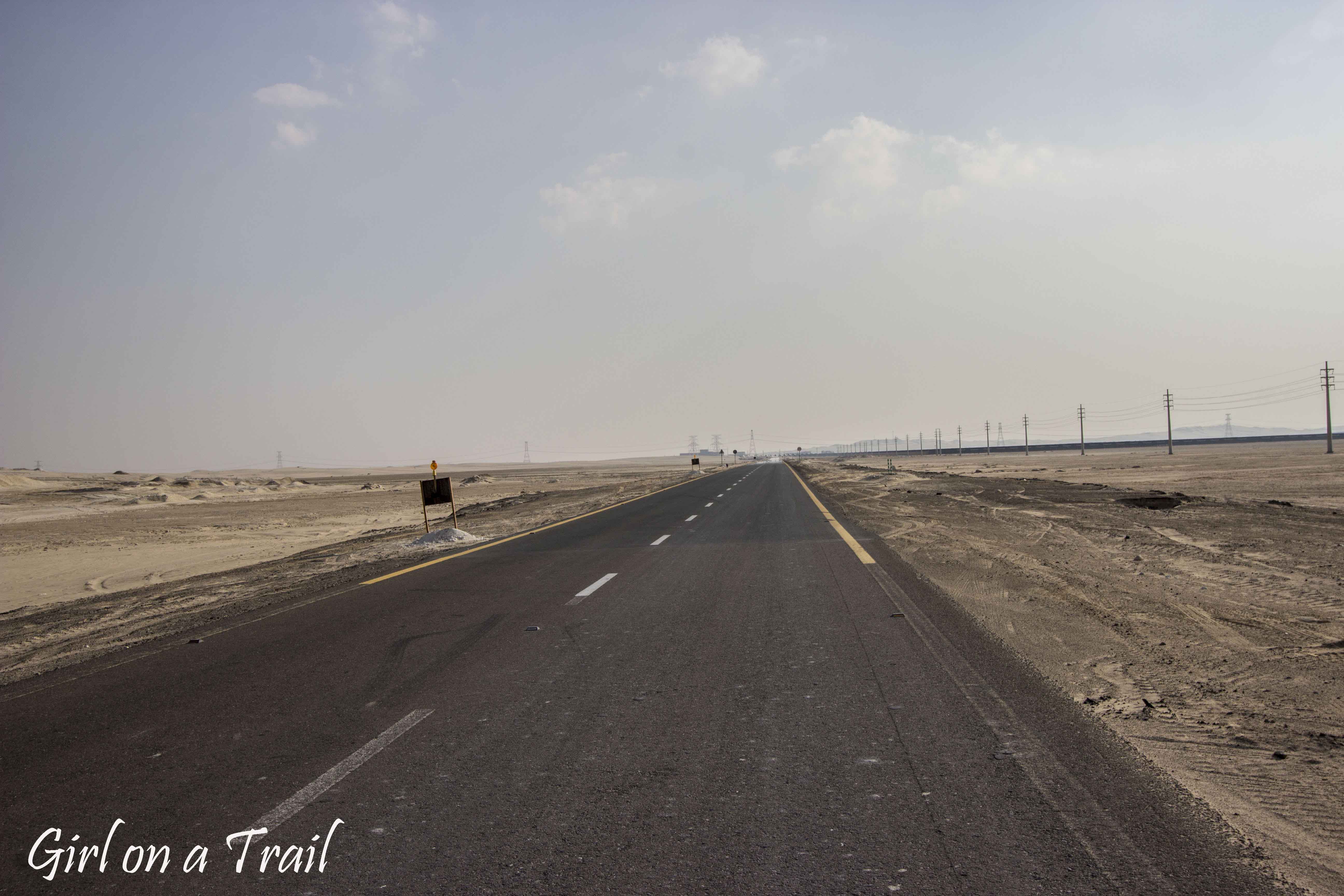
Driving Culture
This was perhaps the most surprising aspect of the trip. I had braced myself for typical chaos on Arab roads, remembering driving madness in Lebanon. 😀 However, drivers in the UAE and Oman are disciplined and courteous. Driving was trouble-free and predictable, making these countries excellent for those new to renting cars abroad. In Dubai, even pedestrians are given the right of way!
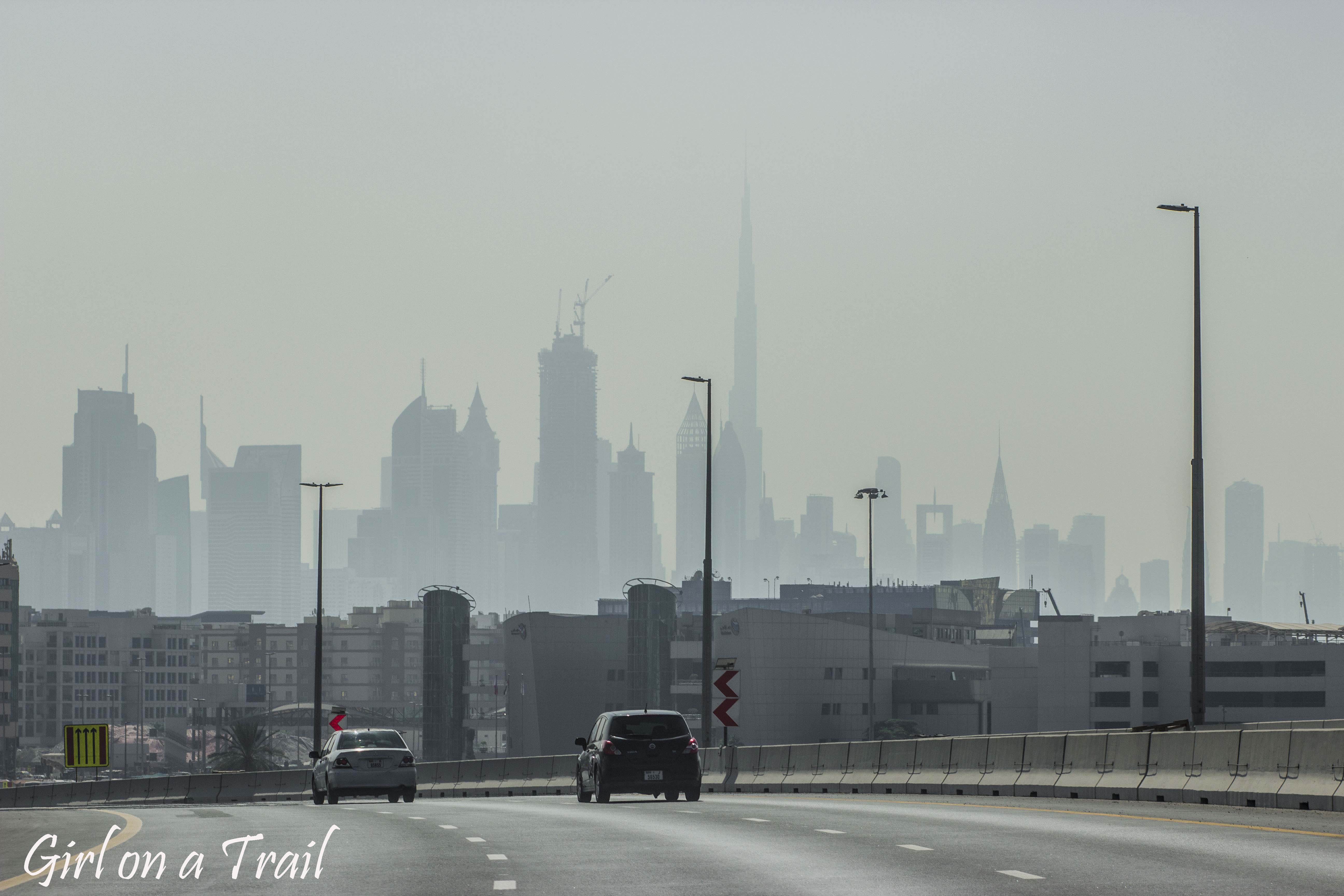
Road Signage
The well-developed road system, particularly around Dubai, includes numerous exits, flyovers, and traffic lanes. I often found myself on roads with up to eight lanes in one direction.
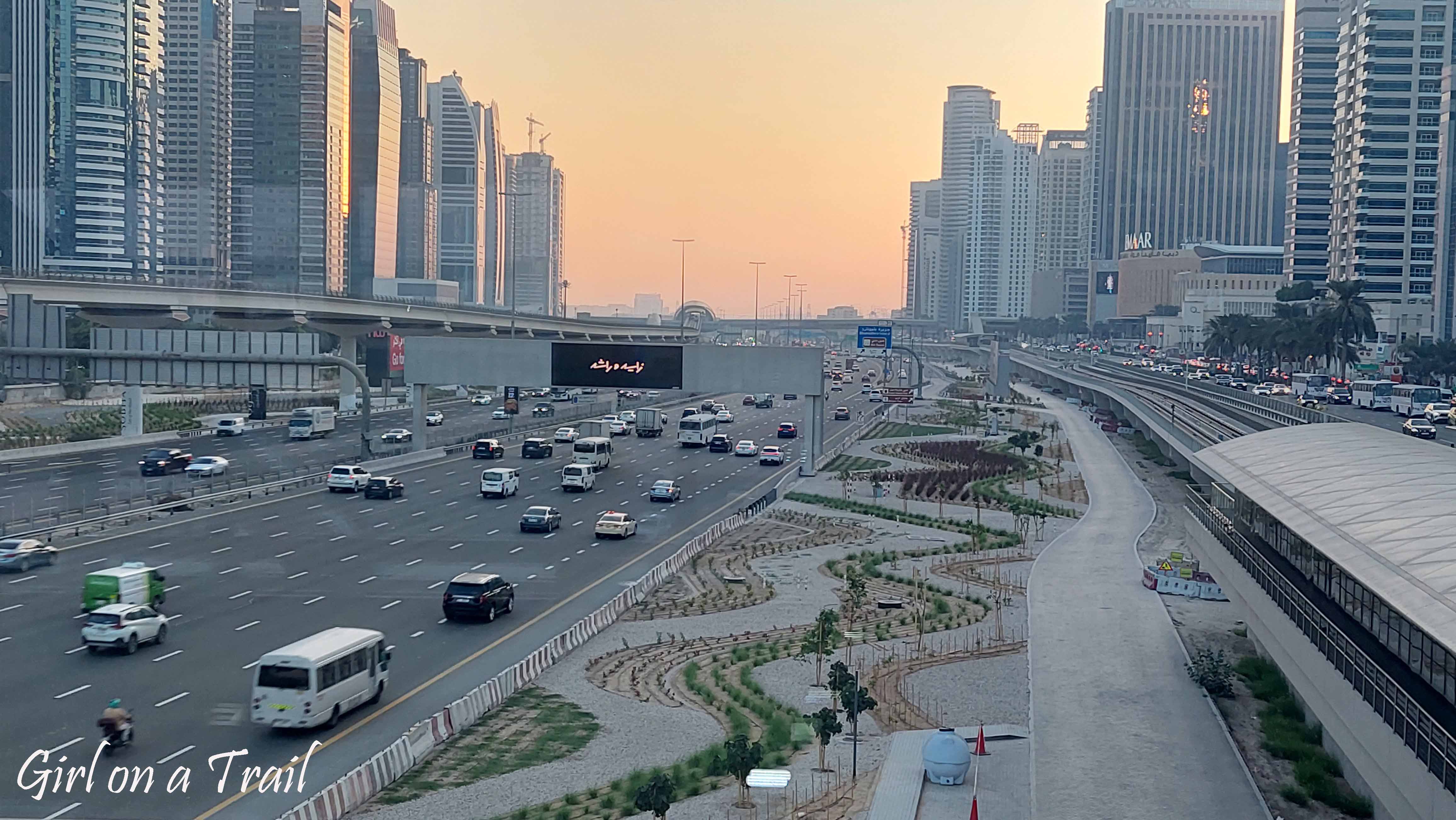
Clear road signs were crucial, with exits labeled by name and number, as well as lane-specific guidance. Combined with Google Maps’ voice navigation, I could navigate without constantly referring to the map.
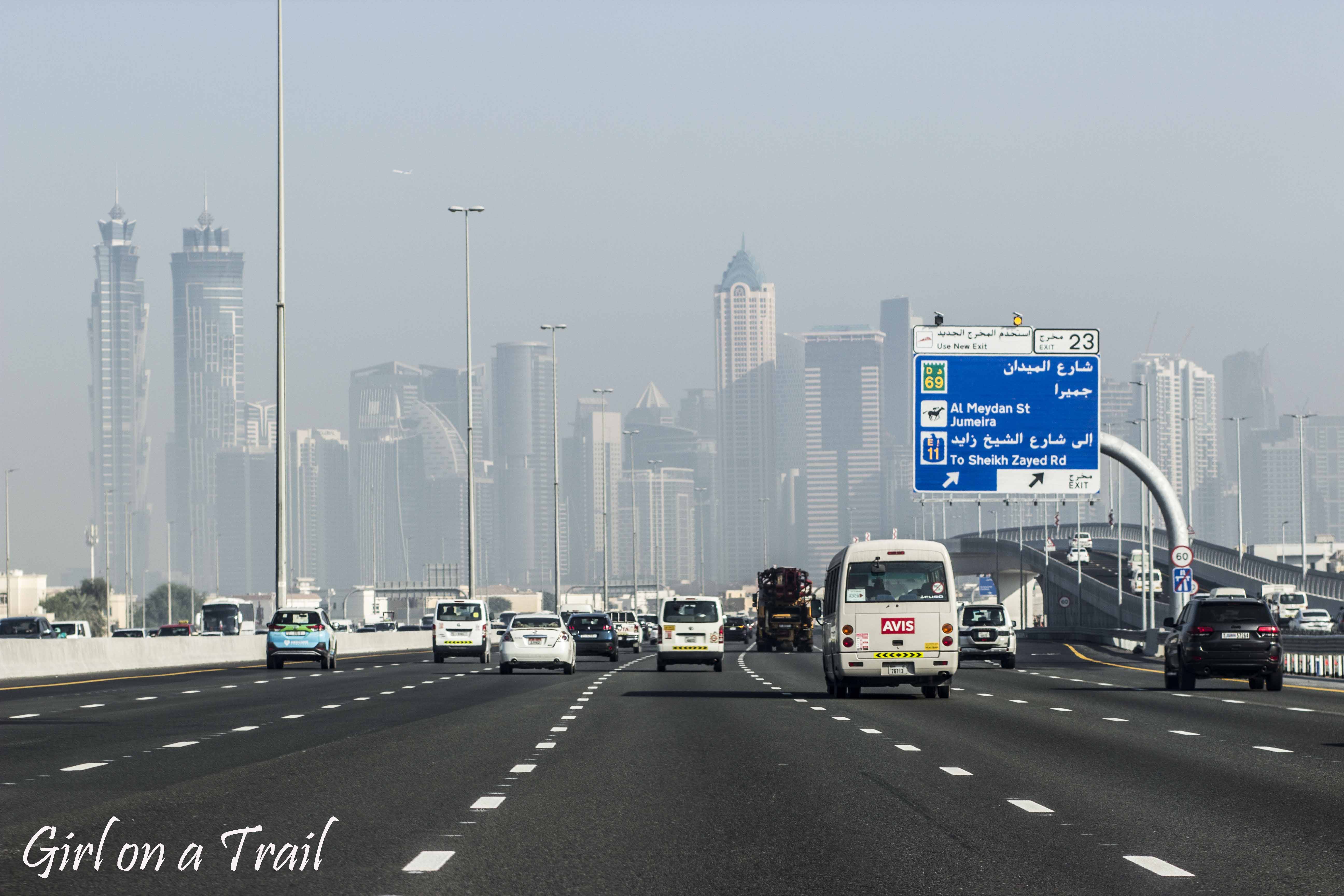
Tolls
Toll roads exist primarily in Dubai and Abu Dhabi. Maps of the toll gates are available online (Dubai and Abu Dhabi). To use Dubai’s toll roads, you need to register in the Salik system (Salik registration) or Darb in Abu Dhabi (Darb registration), and place a tag on your windshield (mandatory only in Dubai). Salik tags are available online or at gas stations.
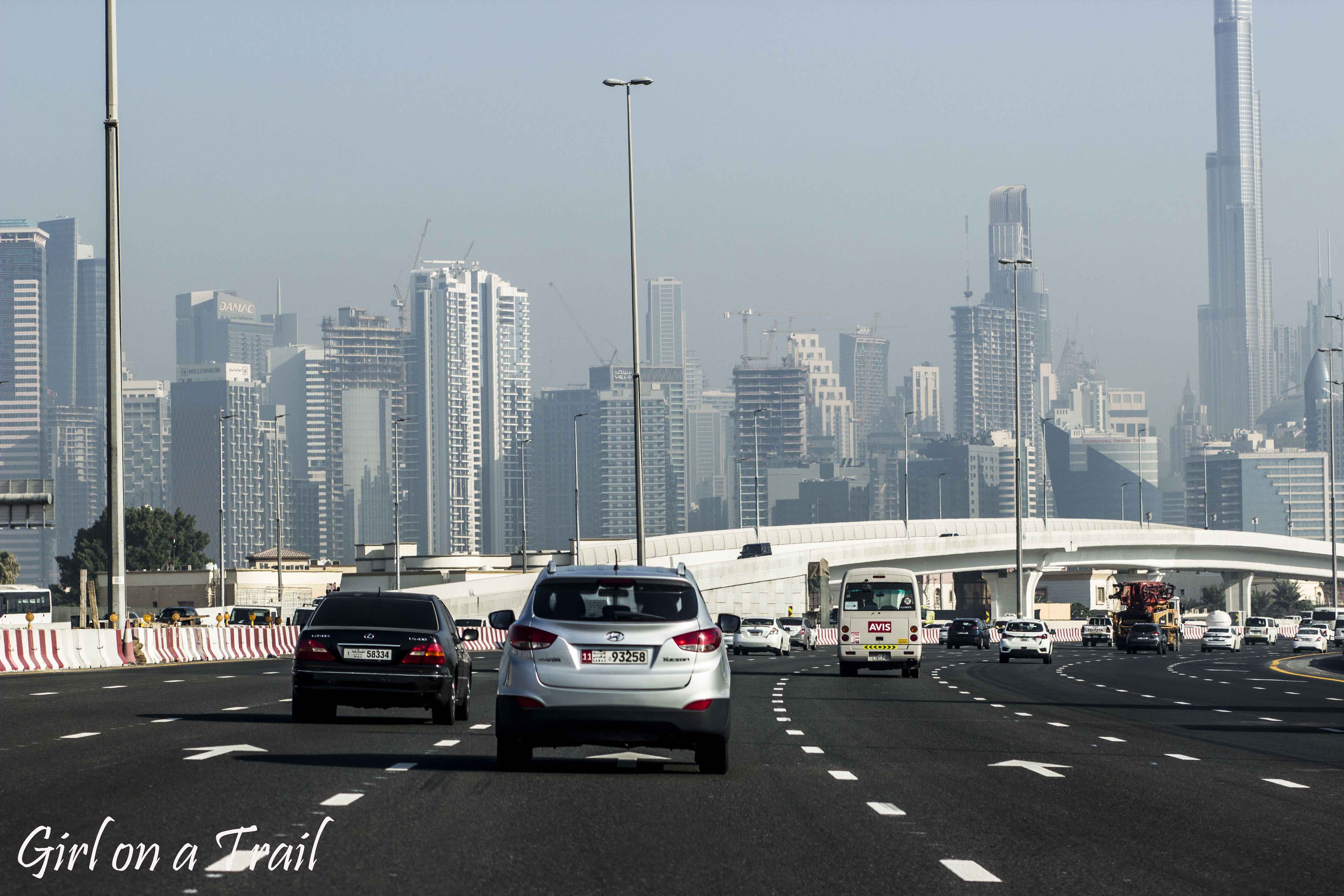
The good news is that most rental cars are pre-registered for both systems, and toll charges are billed upon car return. However, confirm this when picking up your car. Personally, I switched on the “avoid tolls” option on Google Maps, as toll-free roads are of excellent quality.
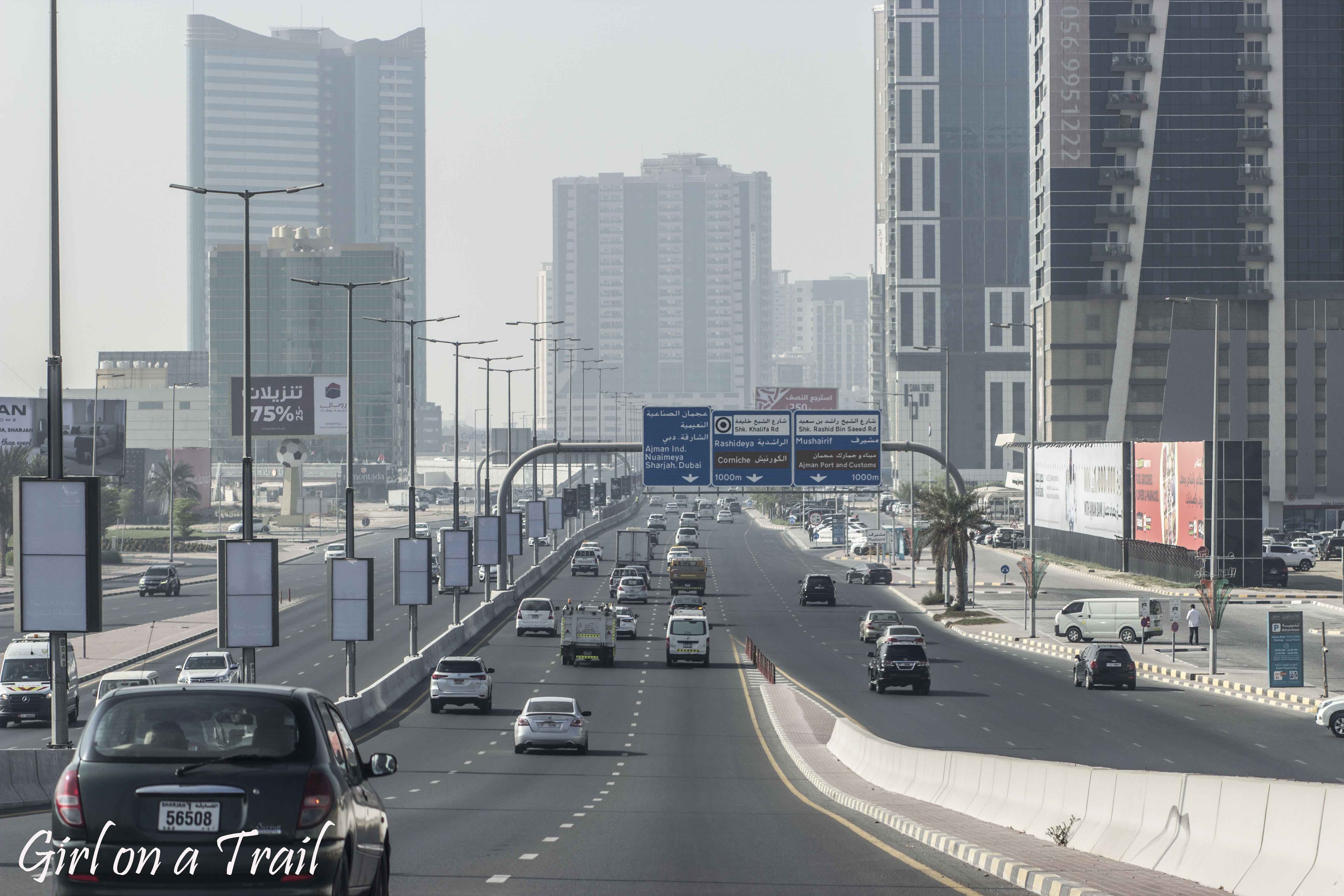
Car Rentals
Airports in the UAE and Oman offer a wide selection of rental companies. I rented a car from Hertz in the UAE for 720 PLN for eight days and added full insurance for 430 PLN on-site. In Oman, I rented a car from Europcar for three days at 660 PLN, also with full insurance. To minimize costs, I chose mini-class cars. Interestingly, in Oman, I was given a Hyundai Elantra, while in the UAE, I received a brand-new Toyota Yaris.
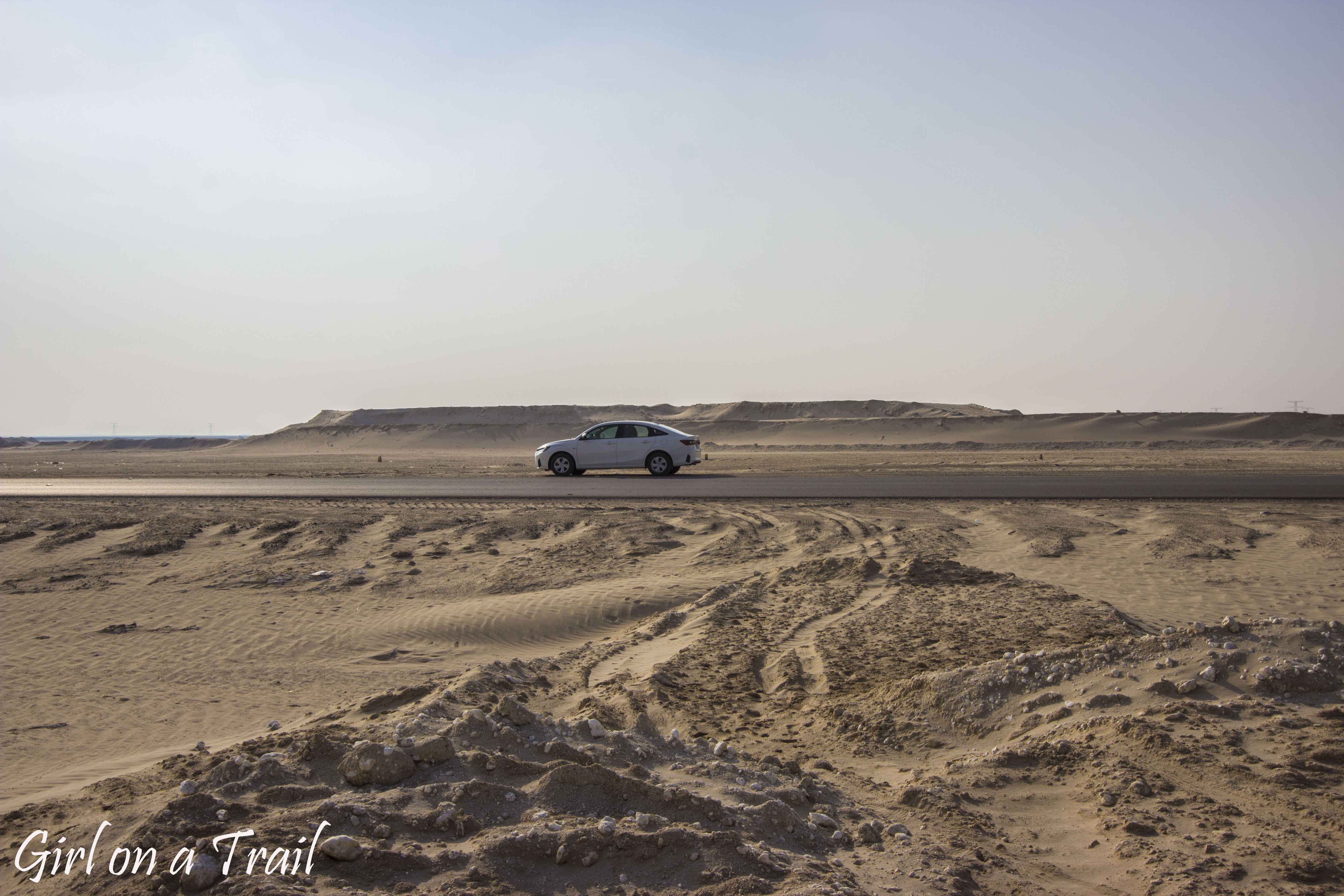
Both cars were in excellent condition. However, Hertz did not allow cross-border trips to Oman. While most attractions are accessible with regular cars, a 4WD may be necessary in some parts of Oman.
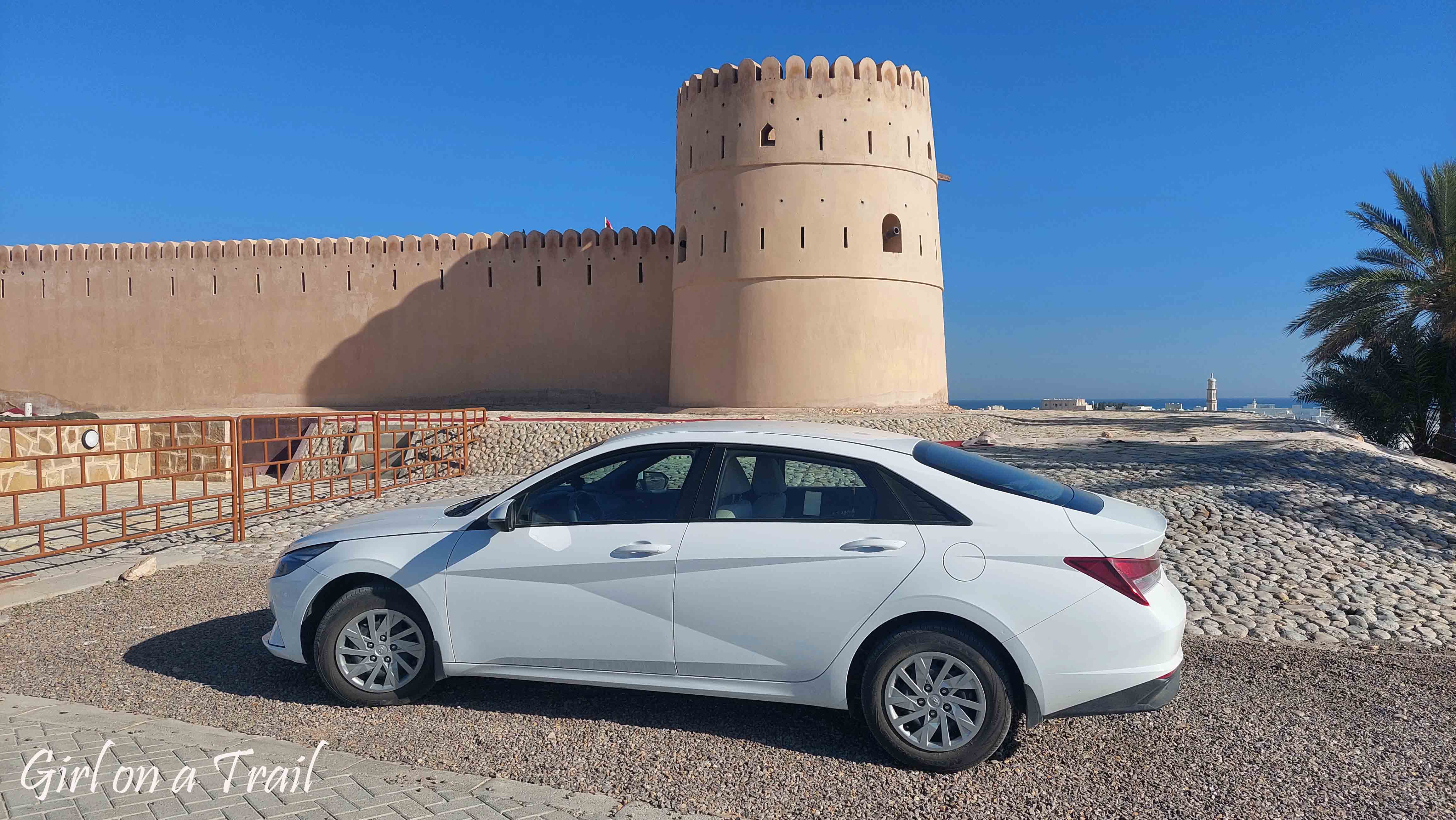
Required Documents
In addition to your driver’s license, you’ll need an international driving permit (IDP) compliant with the Vienna Convention. I didn’t encounter a single roadside check during my trip. Police presence was minimal, and when I did see them, their vehicles were inconspicuous rather than flashy.
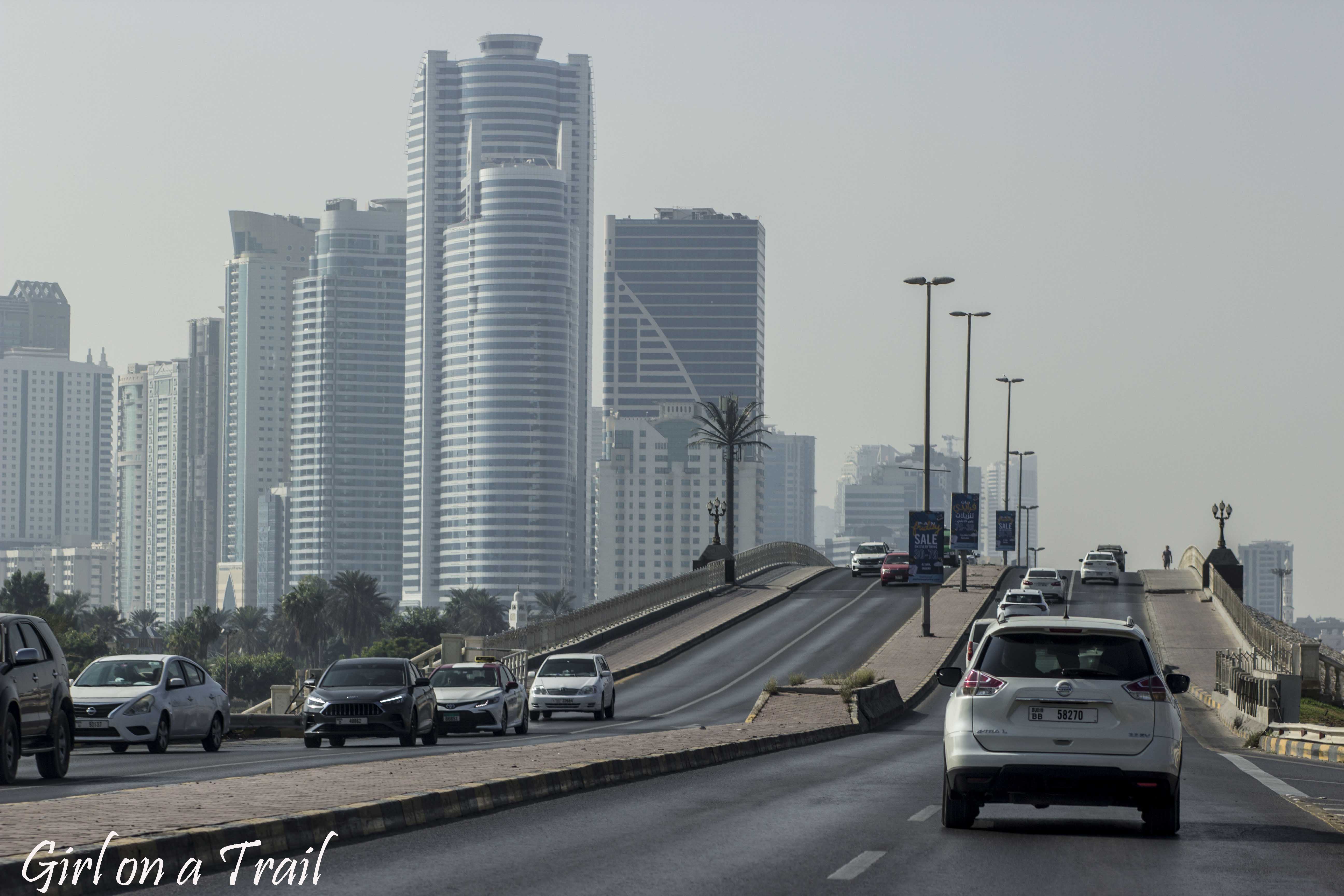
Navigation
I relied on Google Maps without issues. Minor complications arose in central Dubai due to construction and new infrastructure. In Oman, I bought a SIM card at the airport, taking advantage of a Vodafone promotion: 5 OMR for 15 GB. In the UAE, I used my roaming package.
Public Transport in Dubai
I strongly advise against driving in central Dubai due to heavy traffic and limited parking. The metro is the most convenient option. Tickets or Nol cards can be purchased at metro stations (Nol card info). There are two types of cards: Silver and Gold. Gold cards provide access to premium carriages with more seating and fewer passengers, located at either end of the train. Each platform is separated from the tracks by glass panels, with clear markings for each carriage class. Additionally, there are pink carriages exclusively for women and children.

The public transport system in Dubai is zone-based, with fares ranging from 3 to 7.5 AED for Silver cardholders and 4 to 8.5 AED for Gold cardholders. The card costs 25 AED, with 19 AED available for travel. For more information, including metro maps and schedules, visit Dubai Metro.
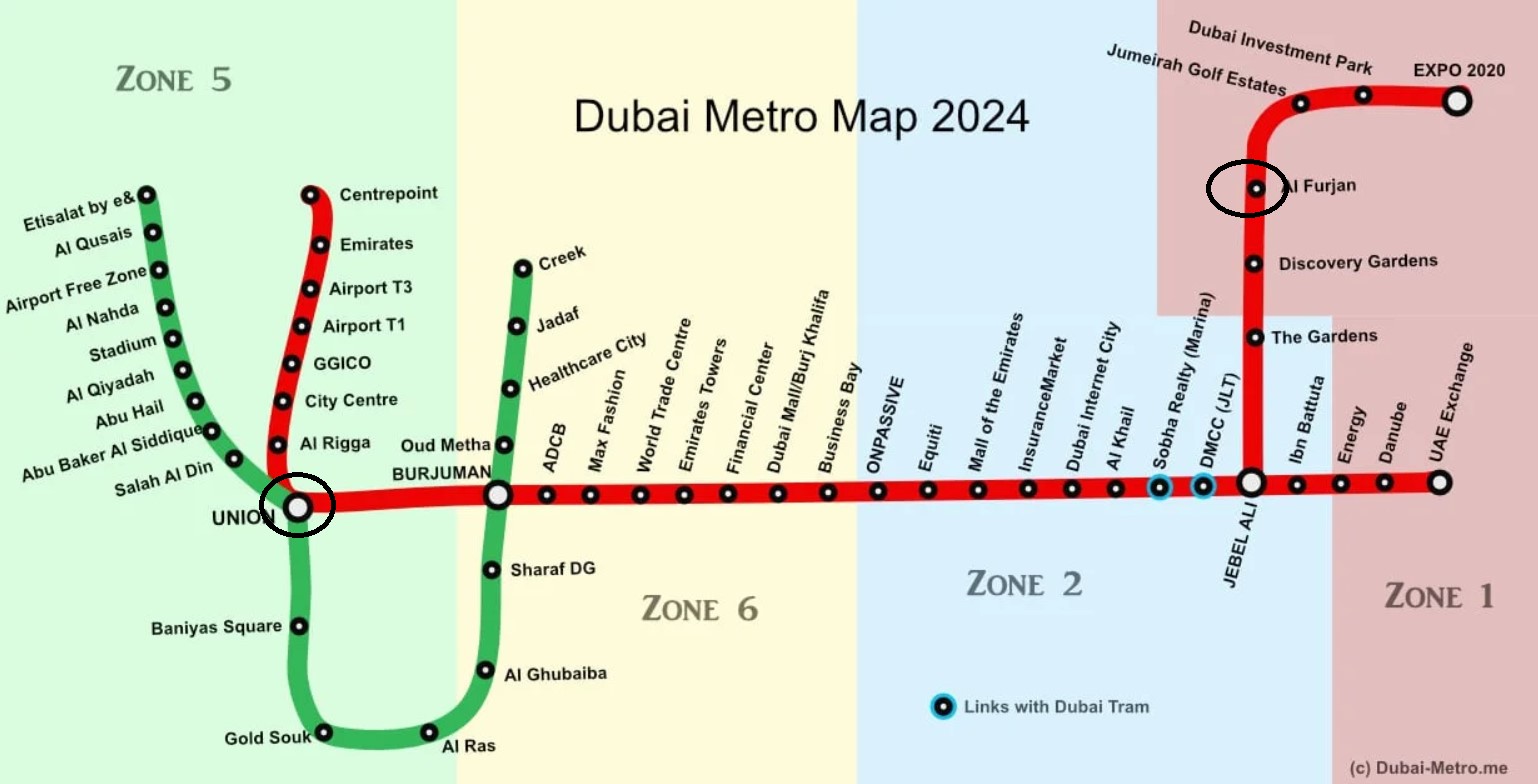
Road transport in the UAE and Oman is highly developed. While speed cameras and speed limits can be inconvenient, driving is safe and predictable thanks to disciplined drivers. In Dubai, using public transport is recommended to avoid traffic congestion. Renting a car is easy, and most attractions are accessible with a regular vehicle. An international driving permit is required, although roadside checks are rare. Both the UAE and Oman are ideal destinations for a smooth and comfortable road trip.
Finally, the signs warning of deep excavations… They were incredibly amusing, especially considering the scale of them. 😉
